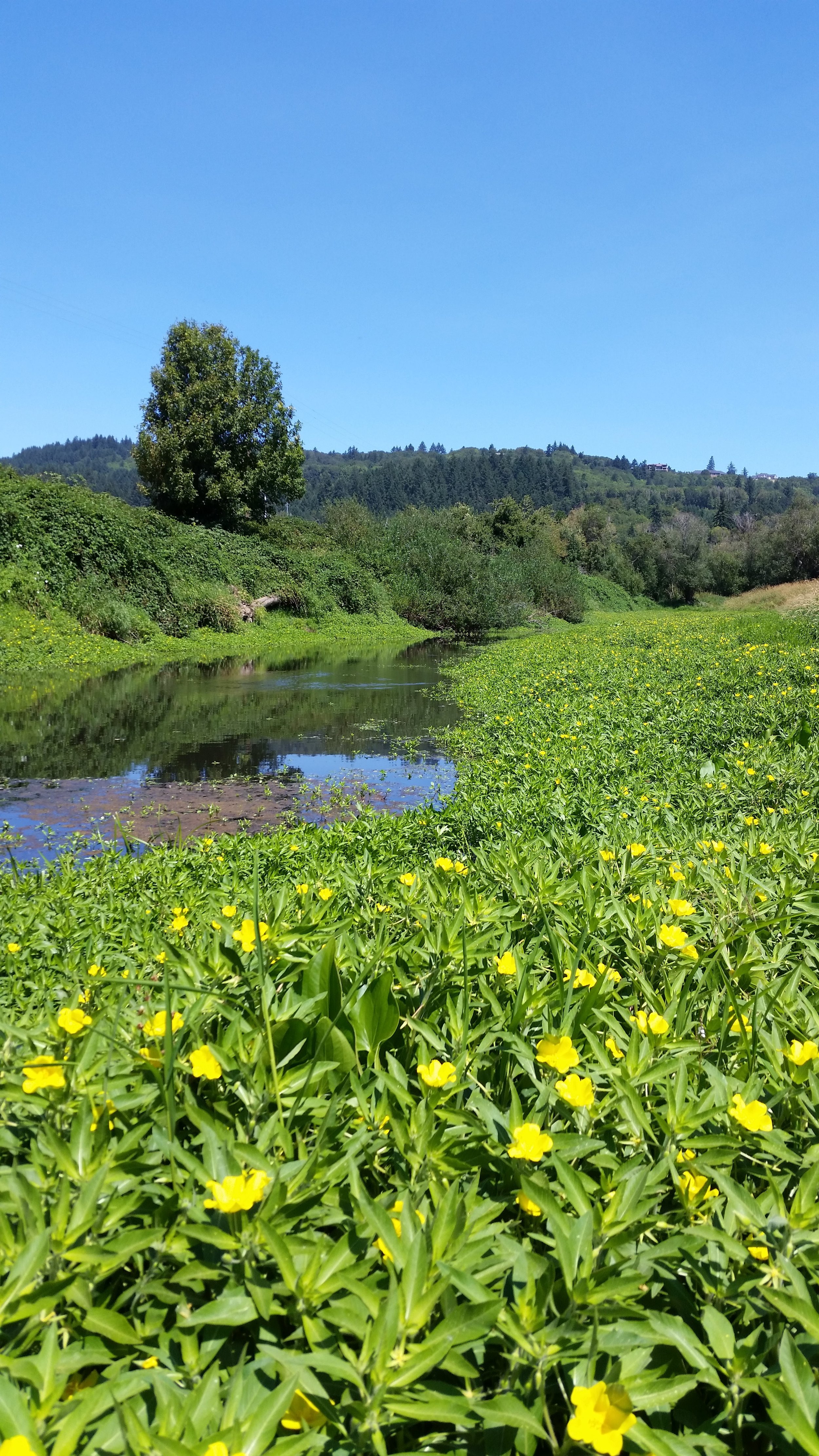HABITAT RESTORATION
Willamette Riverkeeper’s Habitat Restoration Program works to improve floodplain and riparian habitats within the Willamette Basin, in collaboration with multiple partners including private and public landowners as well as other conservation organizations.
PROPERTY: Willamette Mission State Park
LANDOWNER: Oregon Parks and Recreation Department (OPRD)
SIZE OF PROPERTY: 1,329 acres
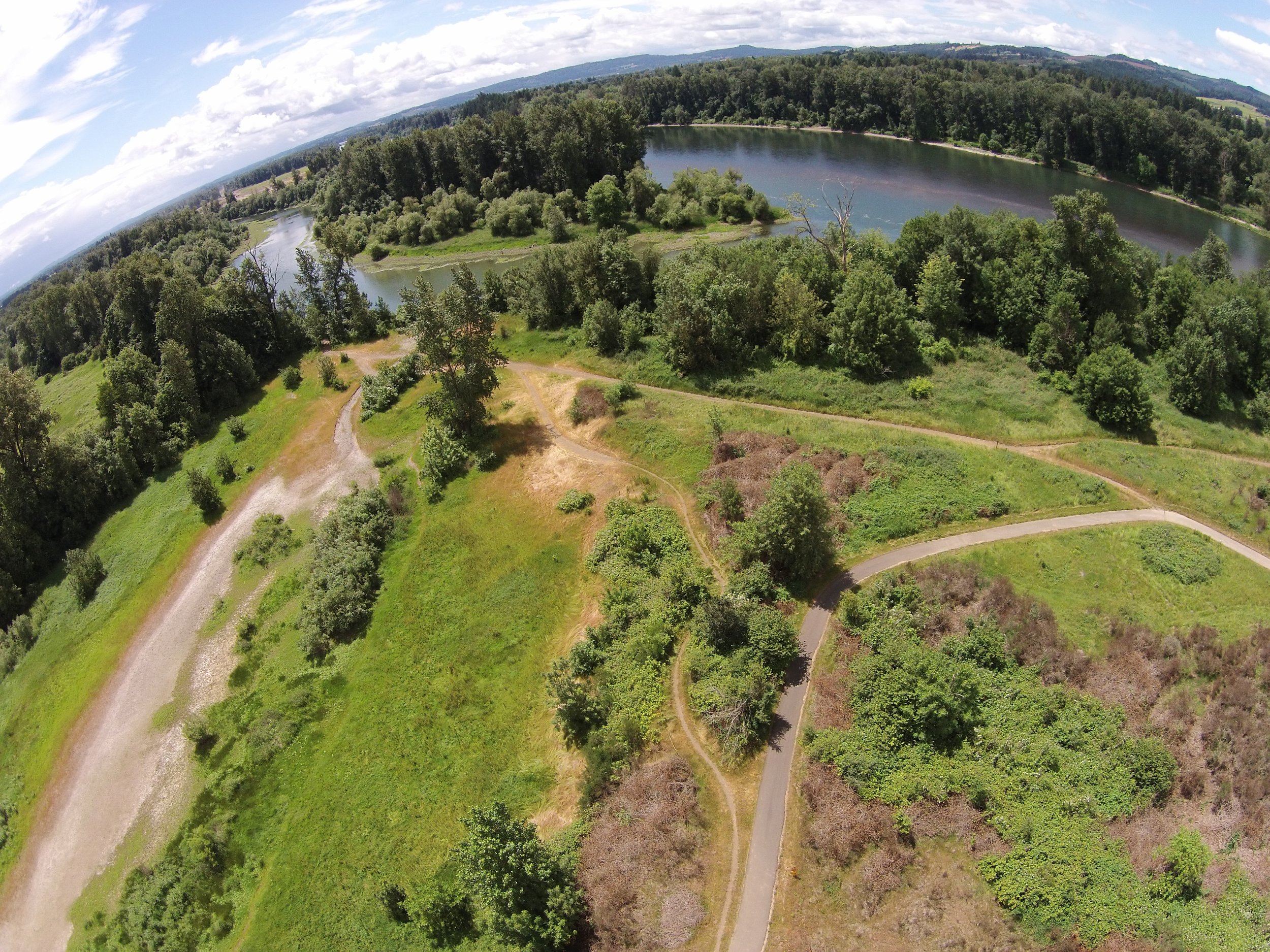
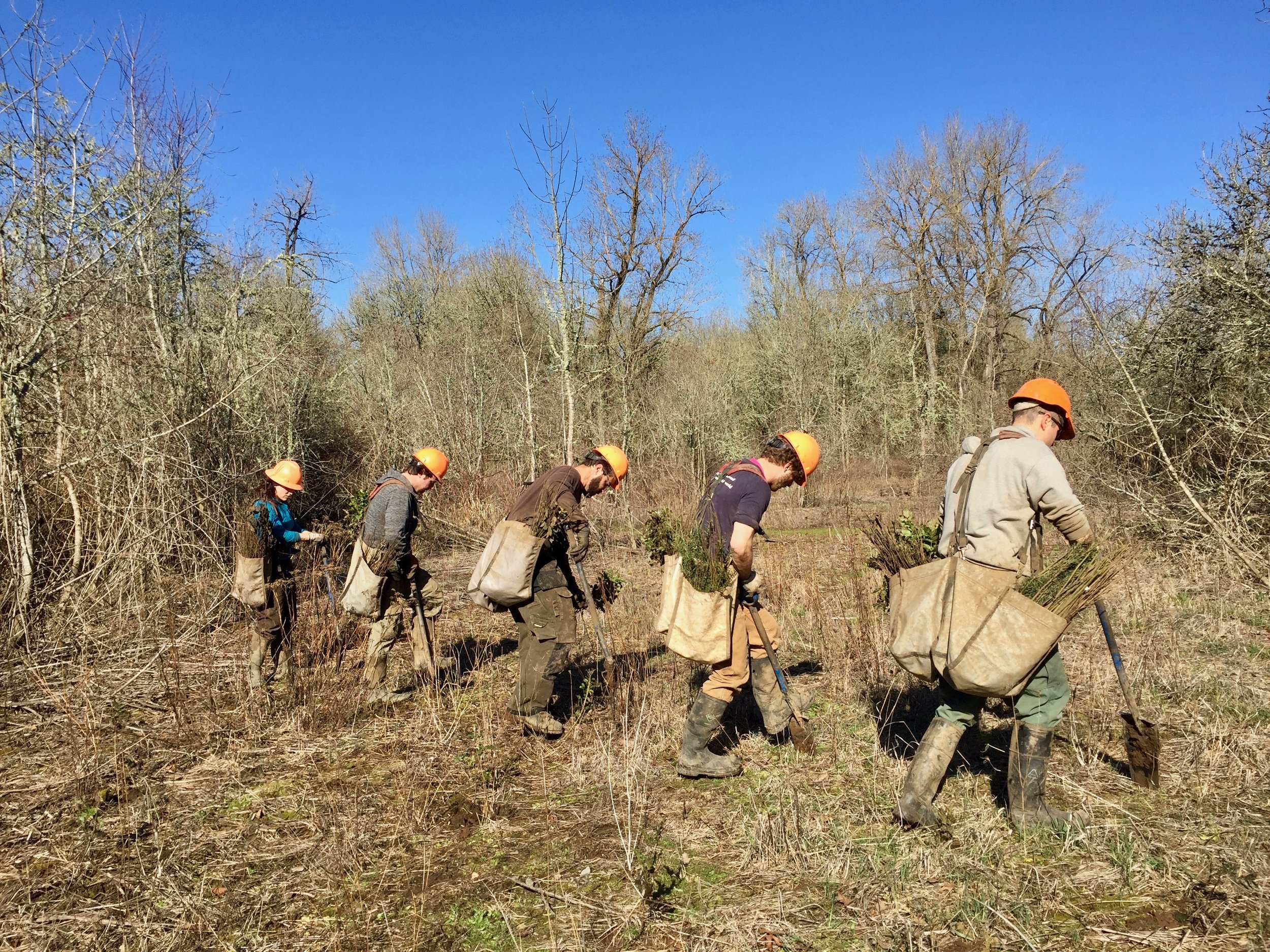
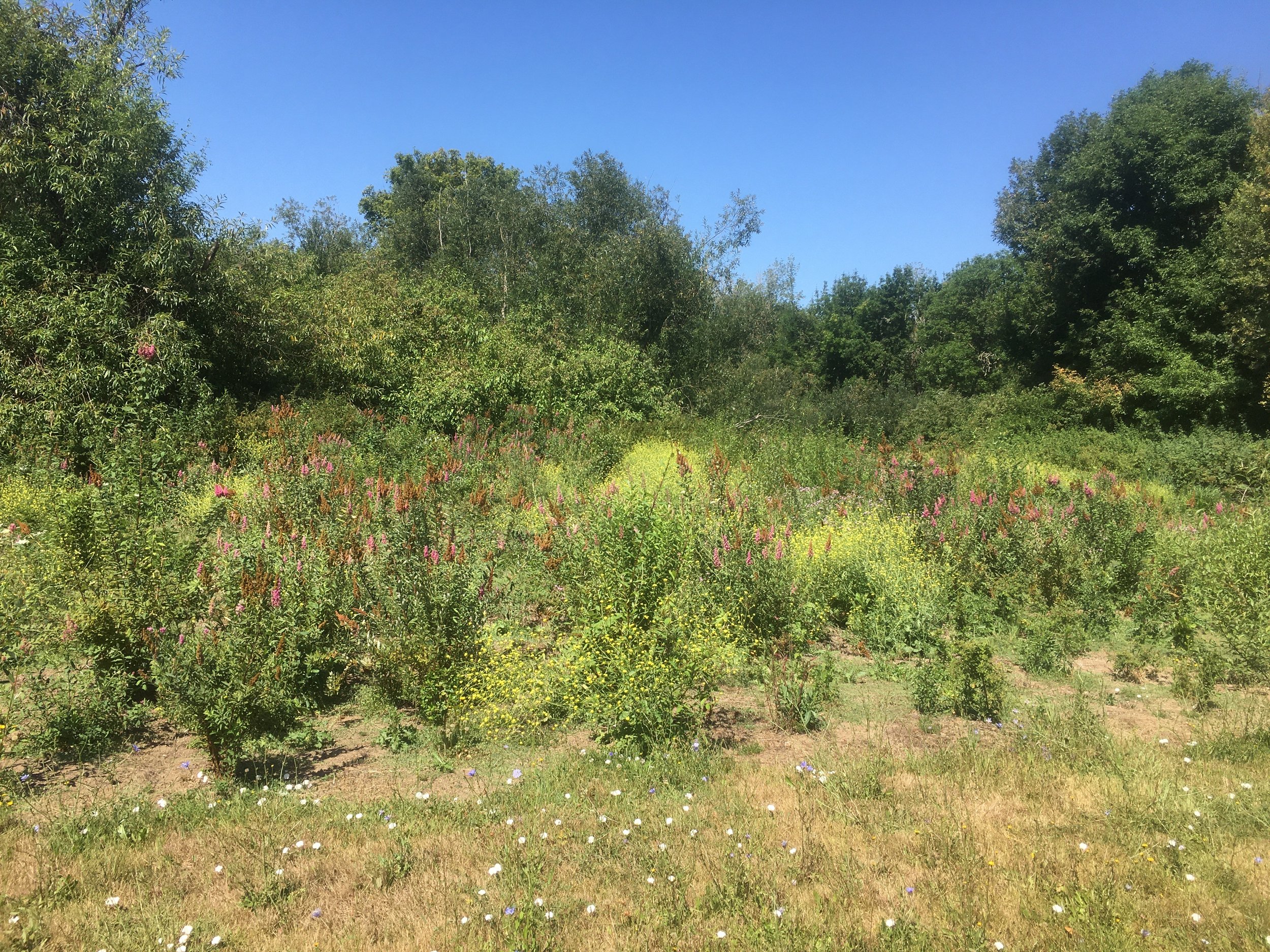

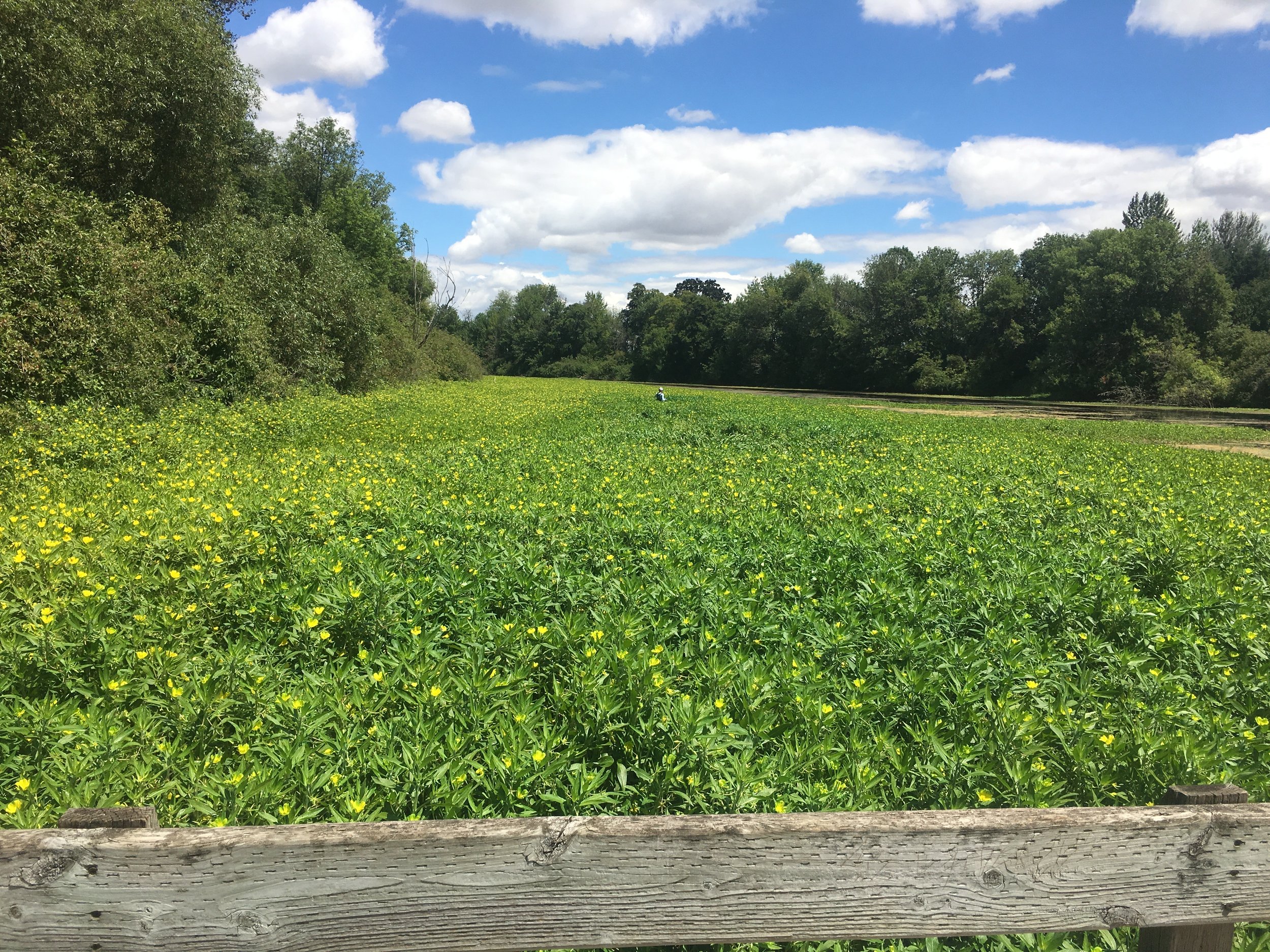
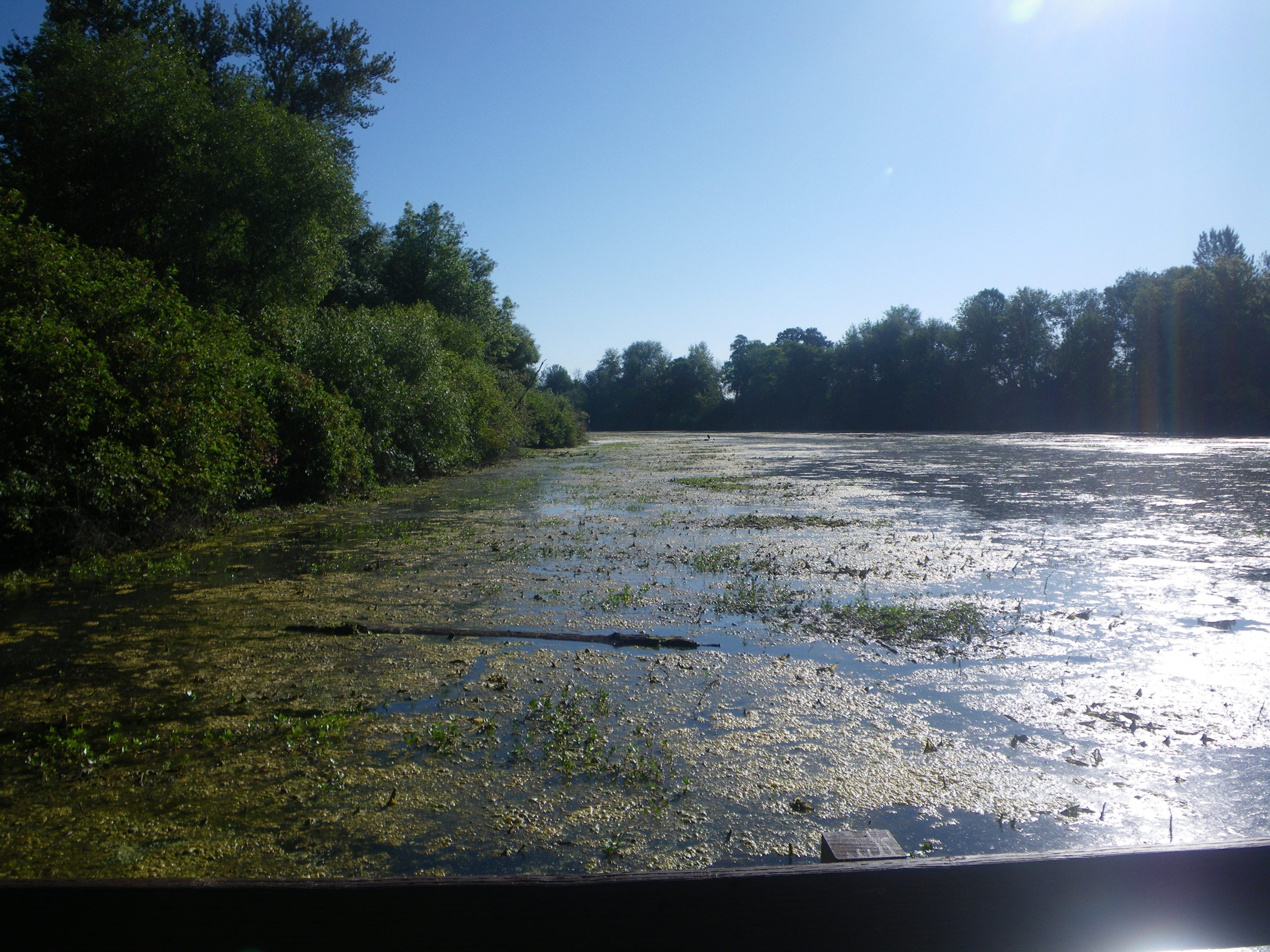
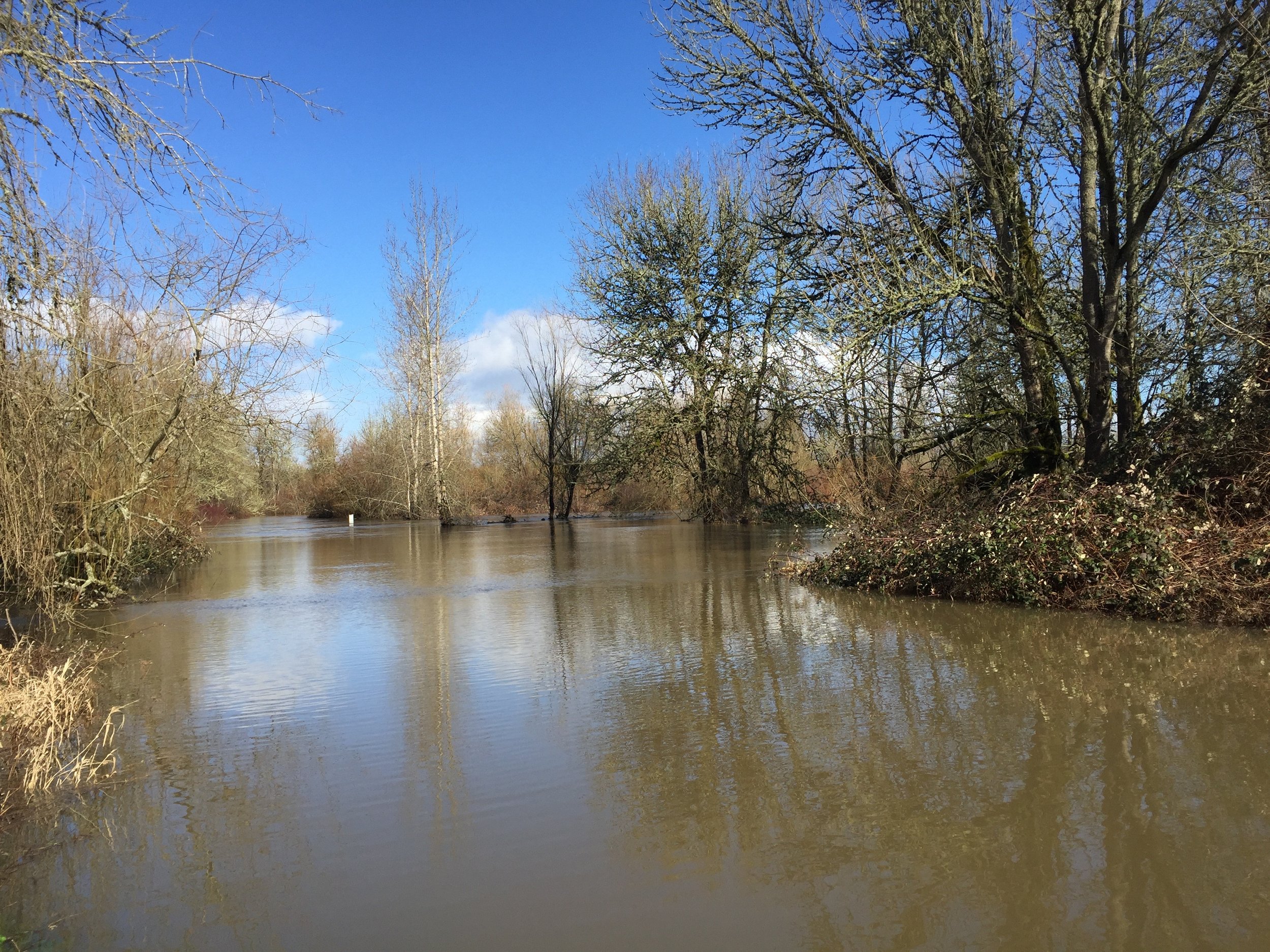
PROJECT HISTORY: The Willamette Mission Floodplain Reforestation Project encompasses 752 acres of the park focused on restoring the quality of floodplain forest, riparian, and aquatic habitats. This landscape-scale project was divided into seven funding phases to ensure the manageability of each stage for the targeted results. These phases focus on site preparation, noxious weed removal, native planting, interplanting, and maintenance. In partner with OPRD, Willamette Riverkeeper is working to restore and preserve the largest tract of intact functional floodplain forest and wetland shrub-scrub habitat within the Willamette river’s floodplain and adjacent aquatic habitat at Willamette Mission State Park.
CURRENT STATUS OF PROJECT: We are now entering the final phases of 6 & 7 in 2022. These concluding stages concentrate on plant establishment, native planting, and interplanting within the riparian edge units of the park. With our outreach efforts, we have now secured all adjacent landowners’ approval and will begin the treatment of Ludwigia in Windsor Slough this year. In Phase 7 we will develop a long-term management plan for the entire project area and install interpretive signage to display the work accomplished on-site and outline the importance of floodplain forests.
PROPERTY: Gail Achterman Wildlife Area (GAWA)
LANDOWNER: Oregon Department of Fish and Wildlife (ODFW)
SIZE OF PROPERTY: 290 acres
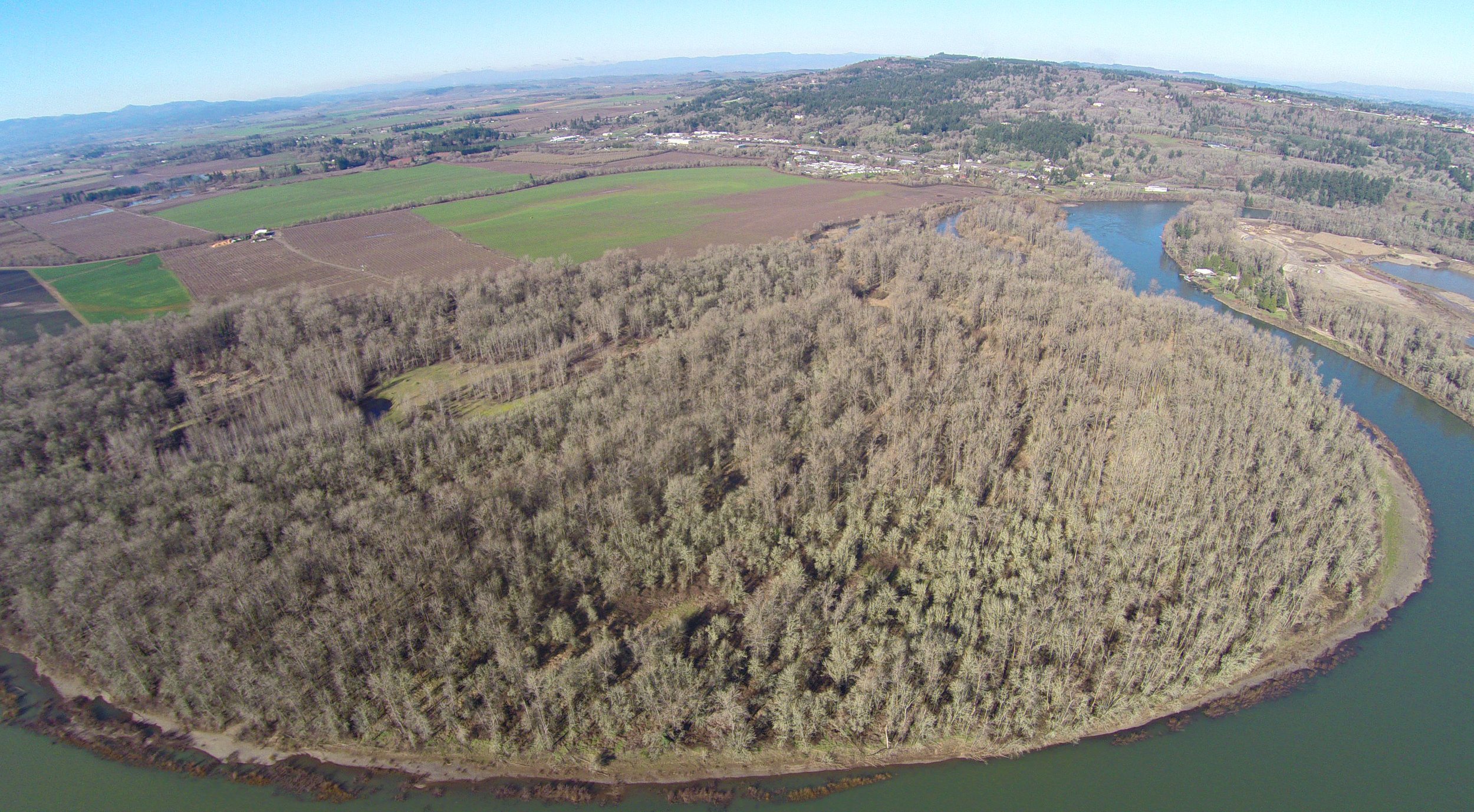
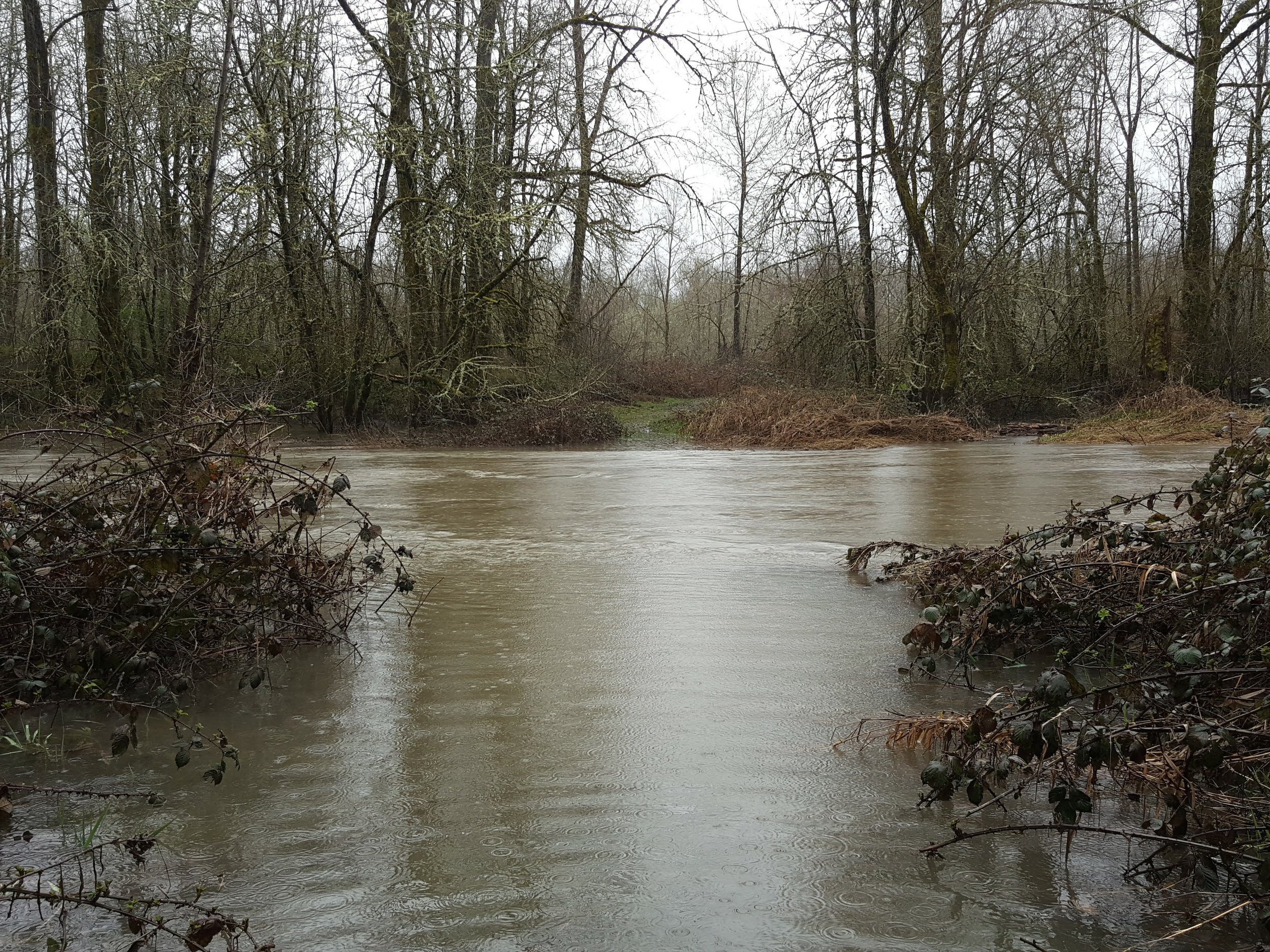
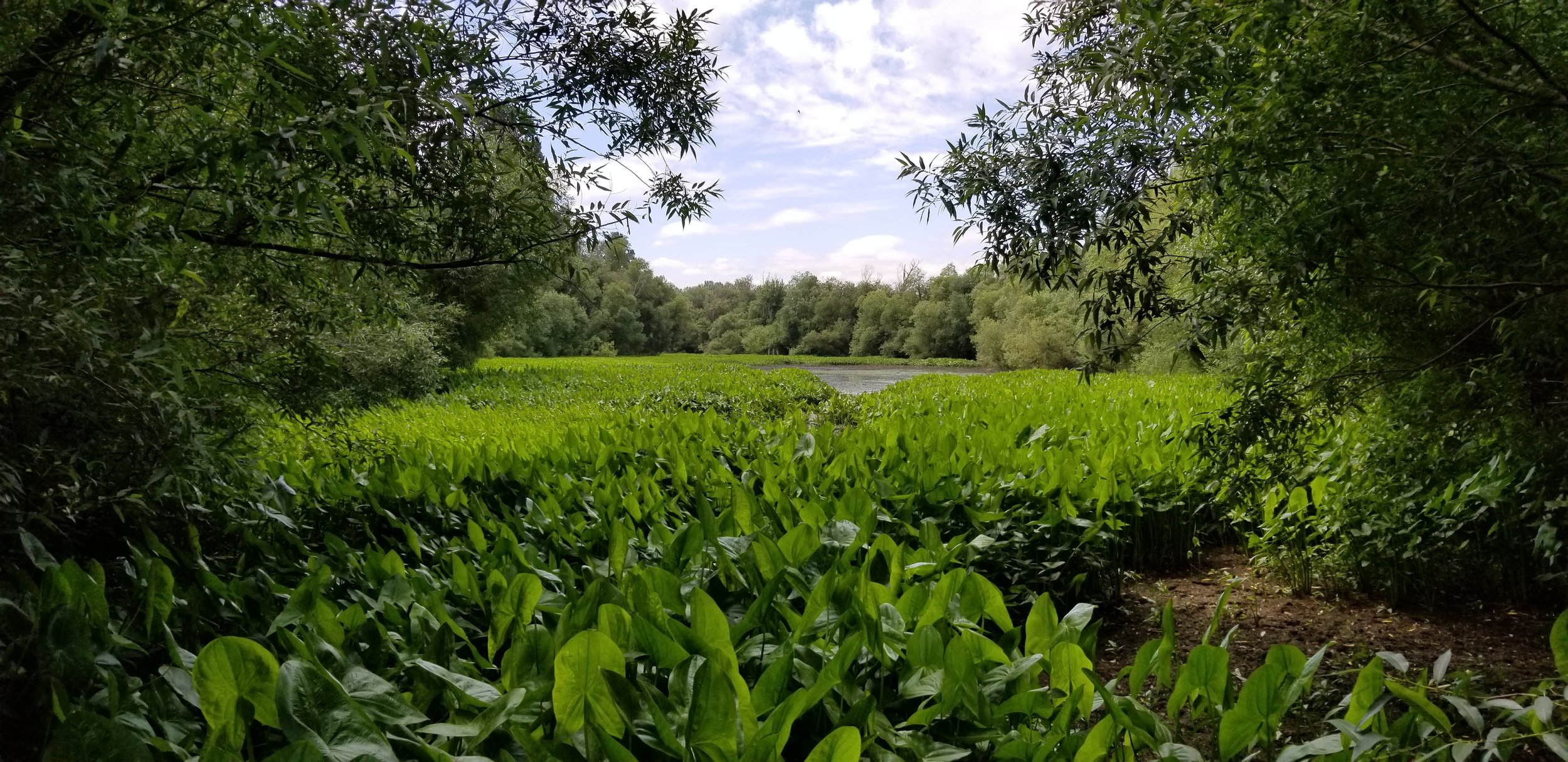
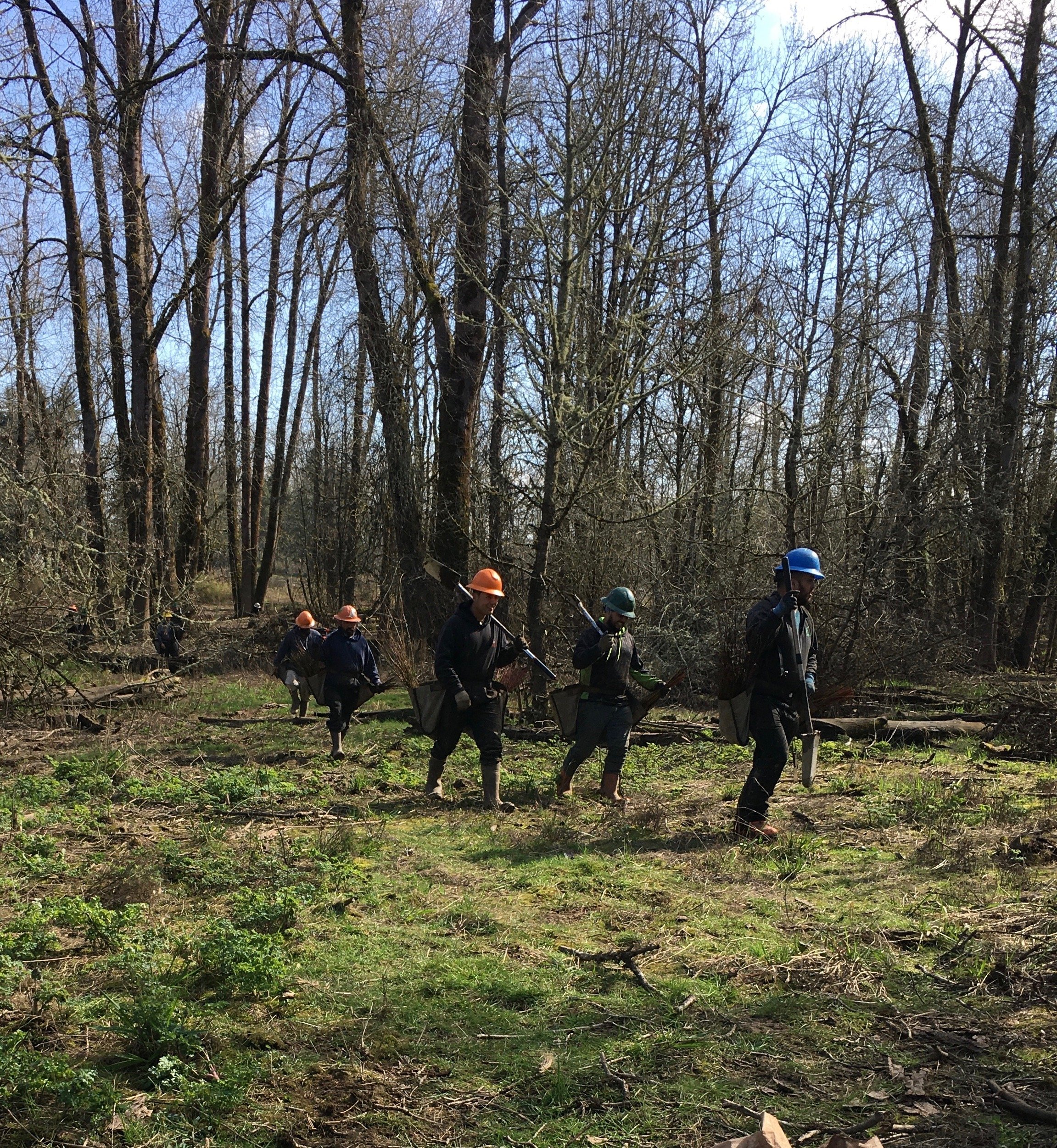
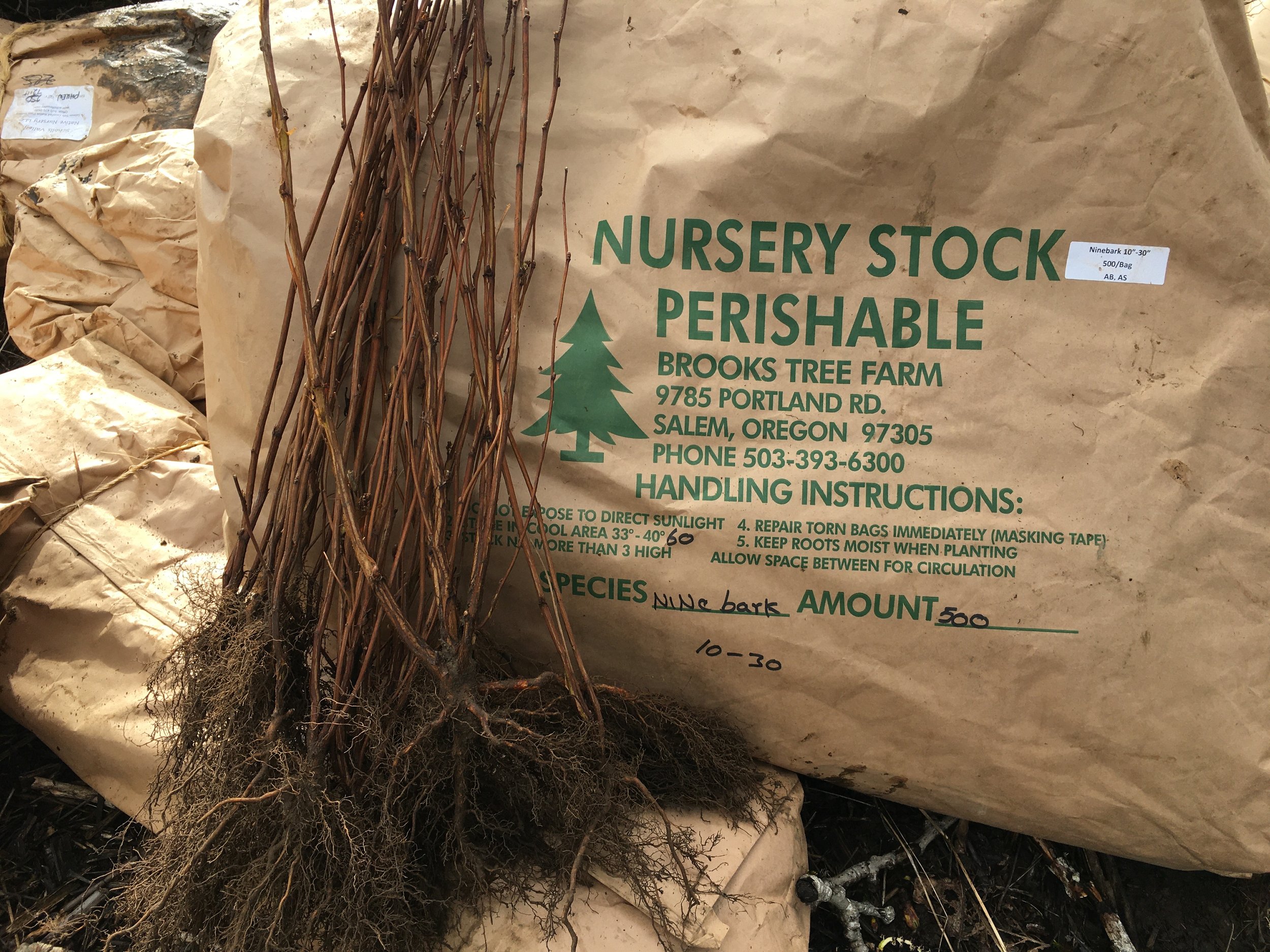
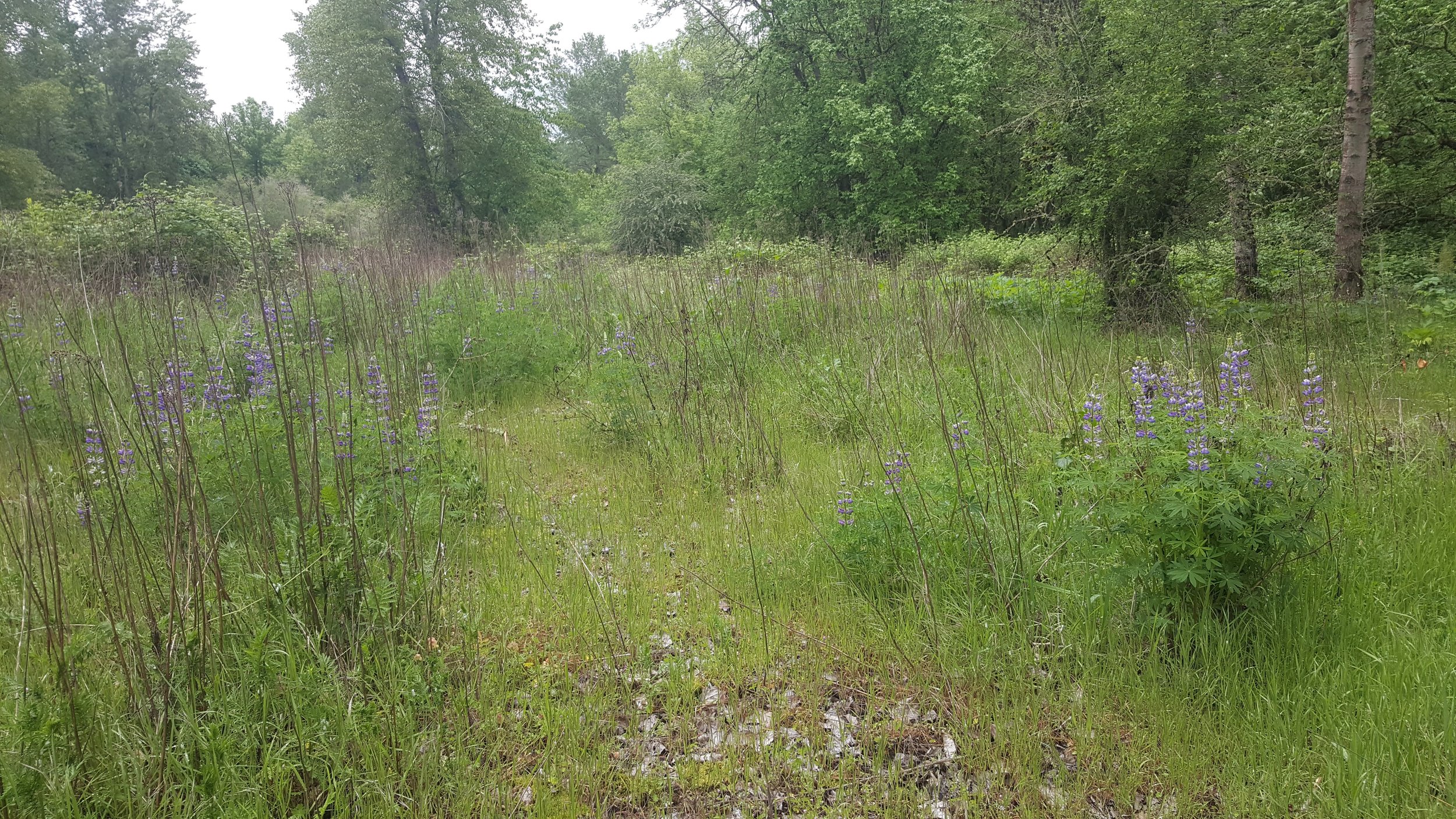

PROJECT HISTORY: Gail Achterman Wildlife Area (GAWA), formerly recognized as Hayden Island, was acquired by ODFW in 2016 with funds from Bonneville Power Administration funneled through the Willamette Wildlife Mitigation Program, Oregon Watershed Enhancement Board, Trust for Public Land (private donations), and the Oregon Department of Transportation. The Gail Achterman Wildlife Area Habitat Enhancement Project is designed to improve and maintain the natural floodplain processes that promote the diverse biological resources throughout the island. Willamette Riverkeeper, in partner with ODFW, developed this project into three phases, of which all three have now been awarded.
CURRENT STATUS OF PROJECT: Phase 1-2 focus on 123 acres of site preparation through noxious weed removal and 53,100 native plants were installed in early Spring 2021. We have 76,250 native plants remaining to be installed during 2022. For the past four years Willamette Riverkeeper has been working with contractors to remove over 14 acres of aquatic invasive species (AIS) on site. Through fish sampling studies conducted by ODFW in 2016-2021 (with exception of 2019) and the AIS removal completed, we have seen an increase in the native fish populations present. We have also witnessed a huge resurgence of the native aquatic species Wapato (Sagittaria latifolia) within the off-channel habitat.
PROPERTY: Minto-Brown Island Park
LANDOWNER: City of Salem
SIZE OF PROPERTY: 1,205 acres

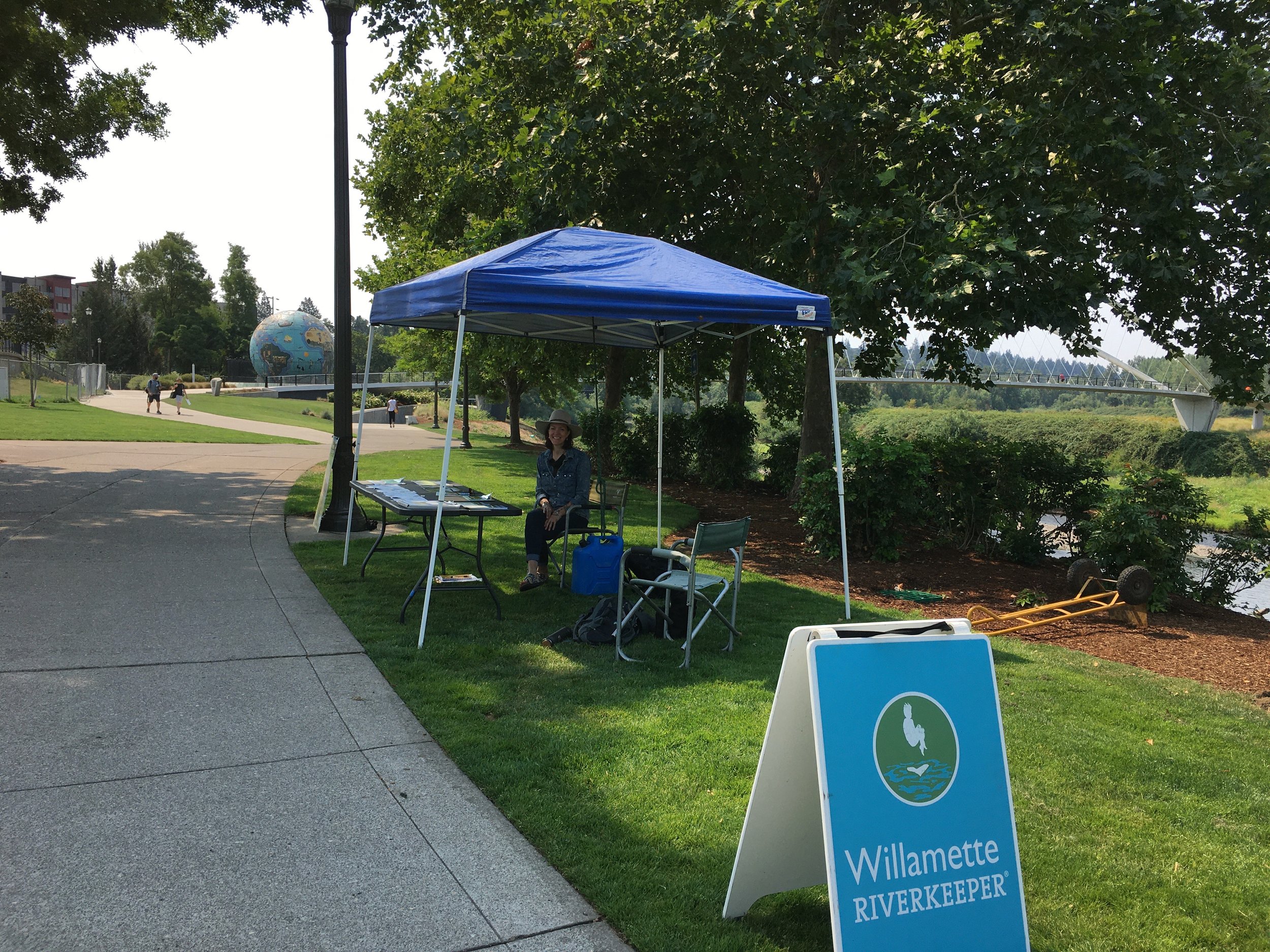
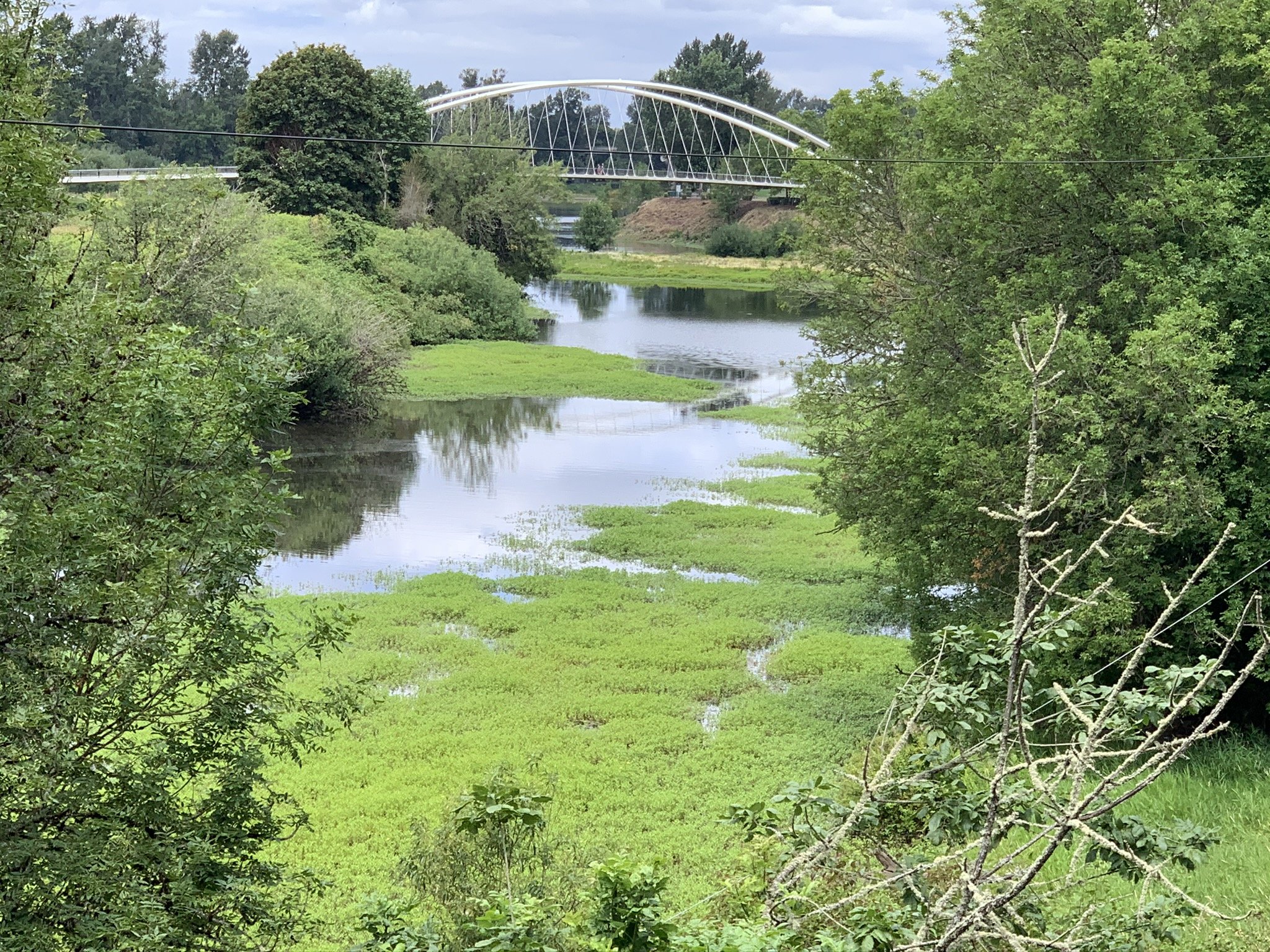

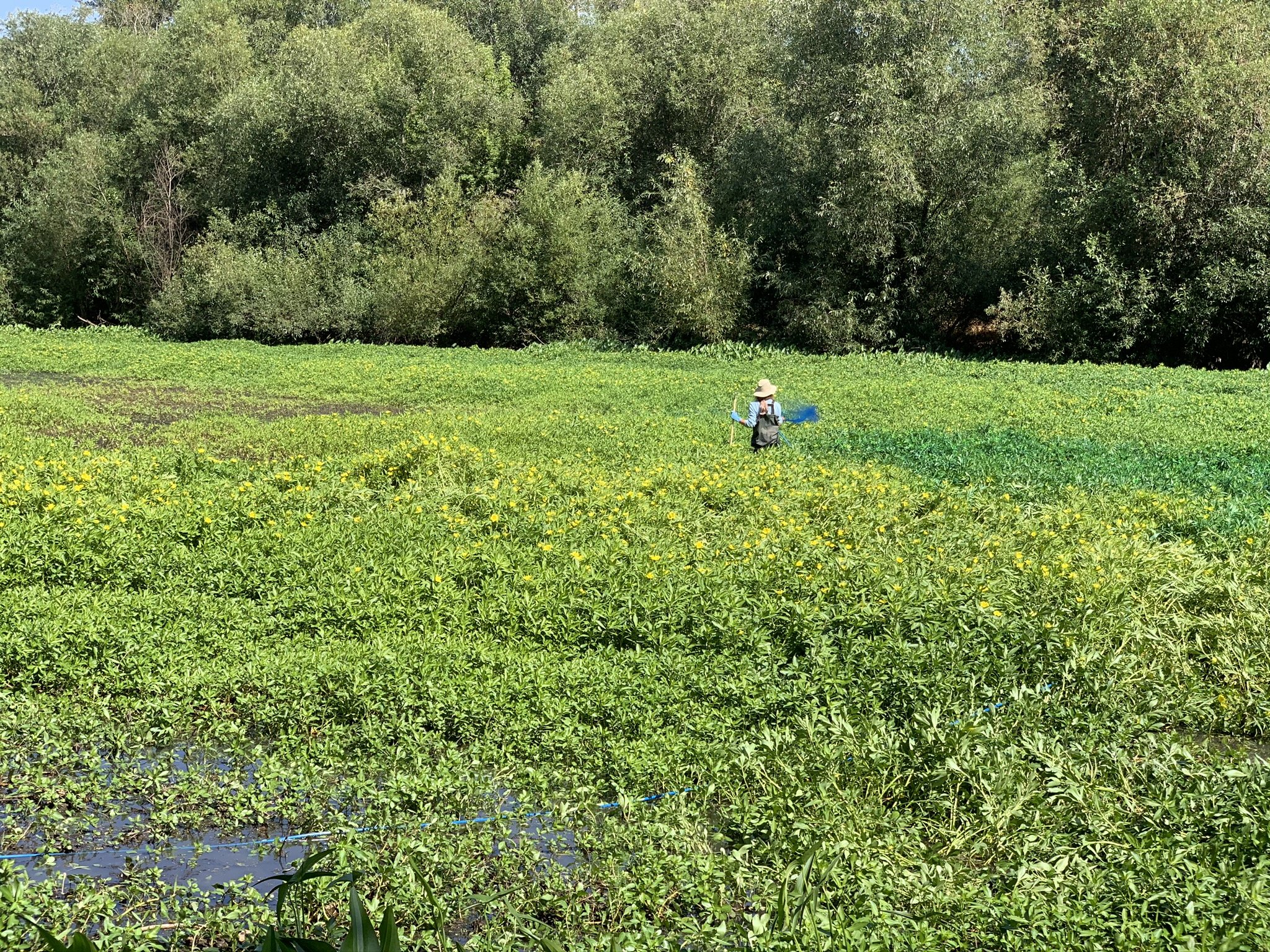
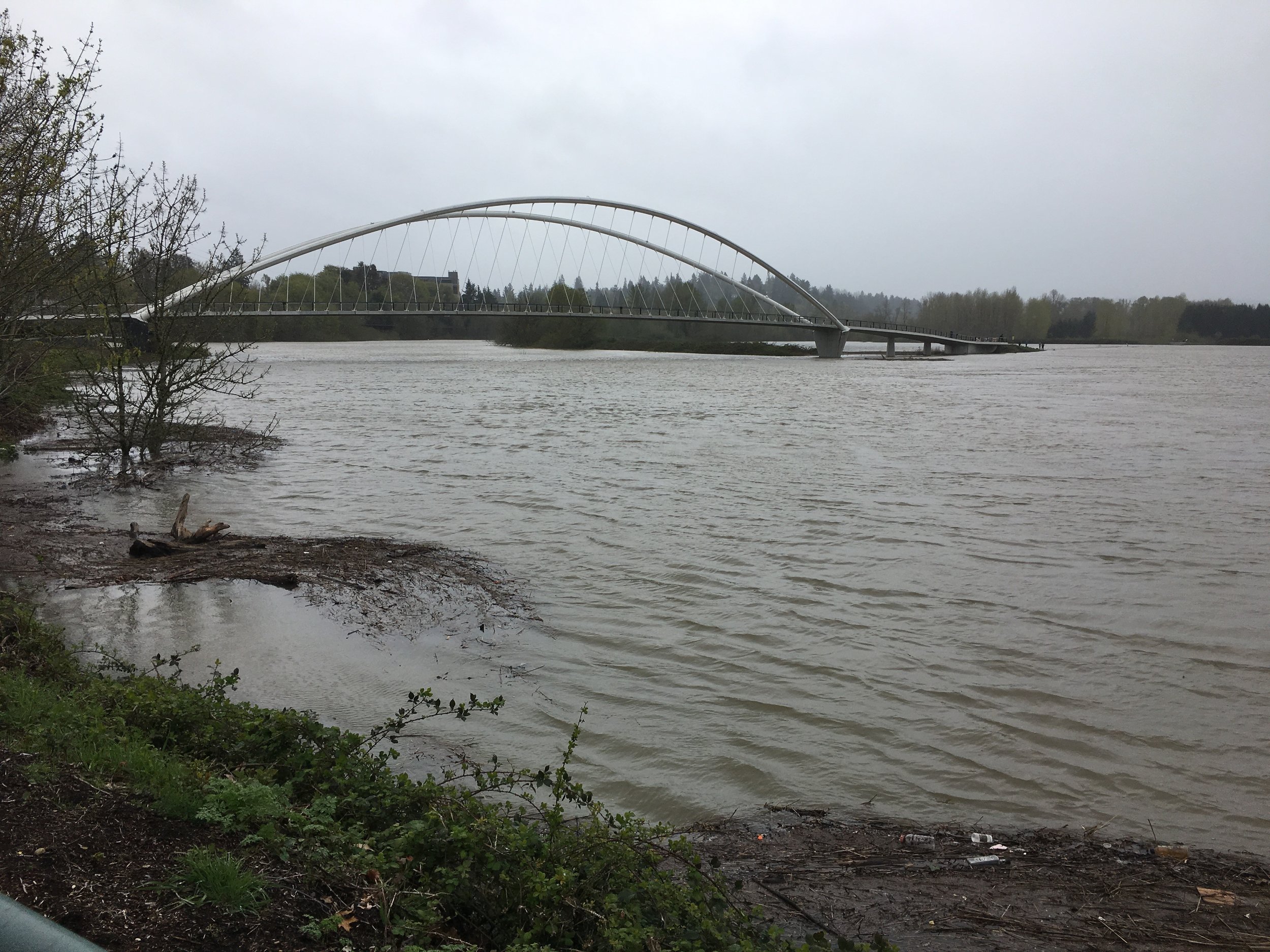
PROJECT HISTORY: Minto-Brown Island Park is an ecologically complex natural area that includes a diverse set of habitats, critical for our native fish and wildlife. The Park includes two sloughs, the 87-acre Willamette Slough, located in the 307-acre Minto Island Conservation Area, and the 45-acre Oxbow Slough to the South. As recently as 2000, both sloughs provided habitat for native fish and wildlife and navigable water for recreation. In recent years these sloughs have been smothered with aquatic invasive weeds impacting this crucial habitat and limiting access for paddlers. Restoring Willamette Slough has been prioritized by the city as one of the restoration phases for this 307-acre conservation area the city acquired in 2013.
CURRENT STATUS OF PROJECT: The increase of invasive aquatic weed cover combined with high nutrient inputs are contributing to rapid degradation of the quality of the sloughs, side channels, wetlands, and floodplains along the main stem. Willamette Riverkeeper has been actively managing this project with the City of Salem’s support through an award from Bonneville Power Administration and Meyer Memorial Trust. We are providing public outreach and education to the Salem community, as well as working with contractors to control Ludwigia, an ODA-listed noxious aquatic weed. The Willamette Slough unit has been the current focus of Phase 2 and is achieving good results thus far.
PROJECT: Aquatic Invasive Species (AIS) Surveys and Treatment of Early Detection Rapid Response (EDRR) Plants
AREA: 187 mile stretch of the Willamette River including sloughs, alcoves, and back channels.
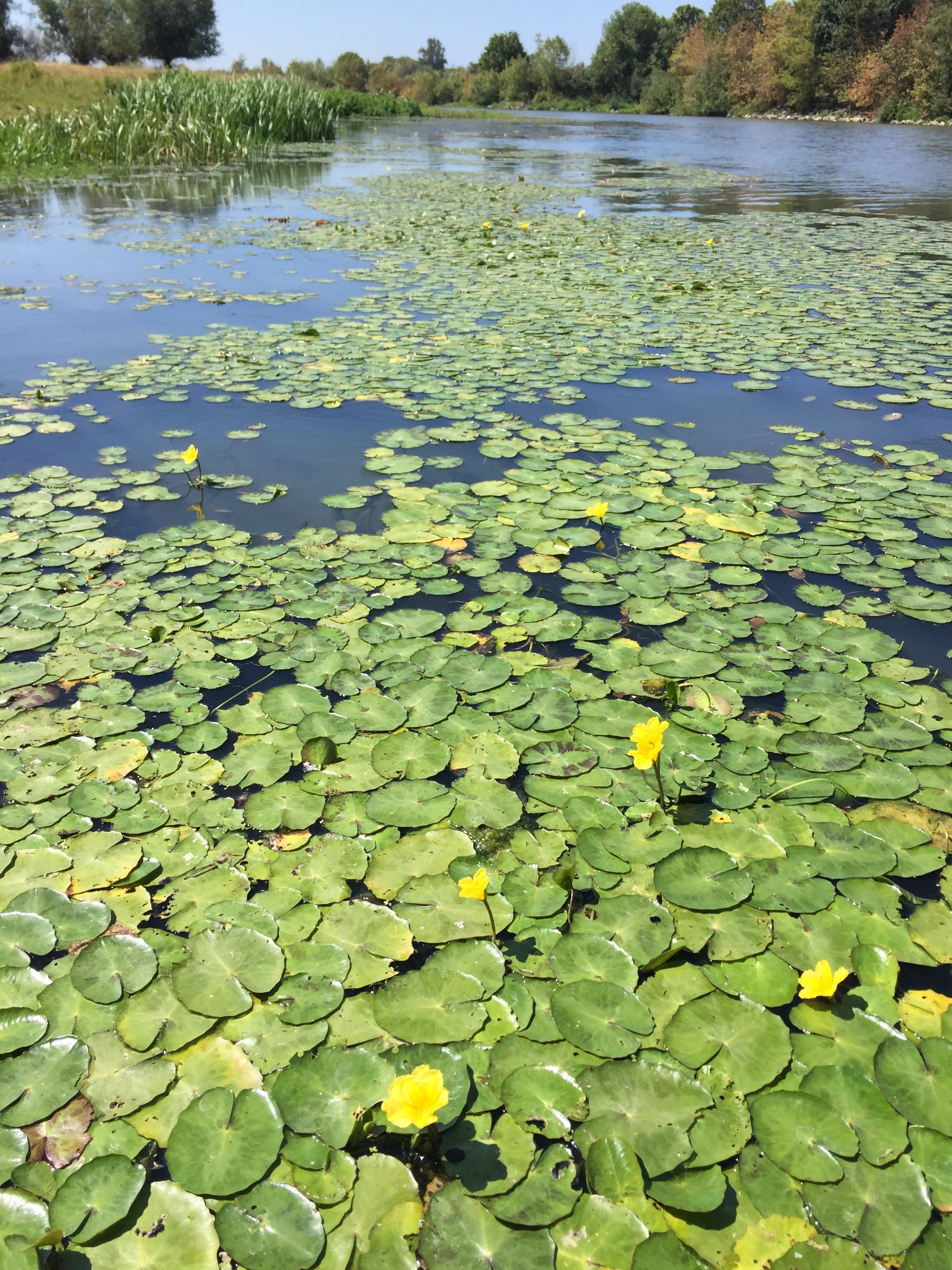
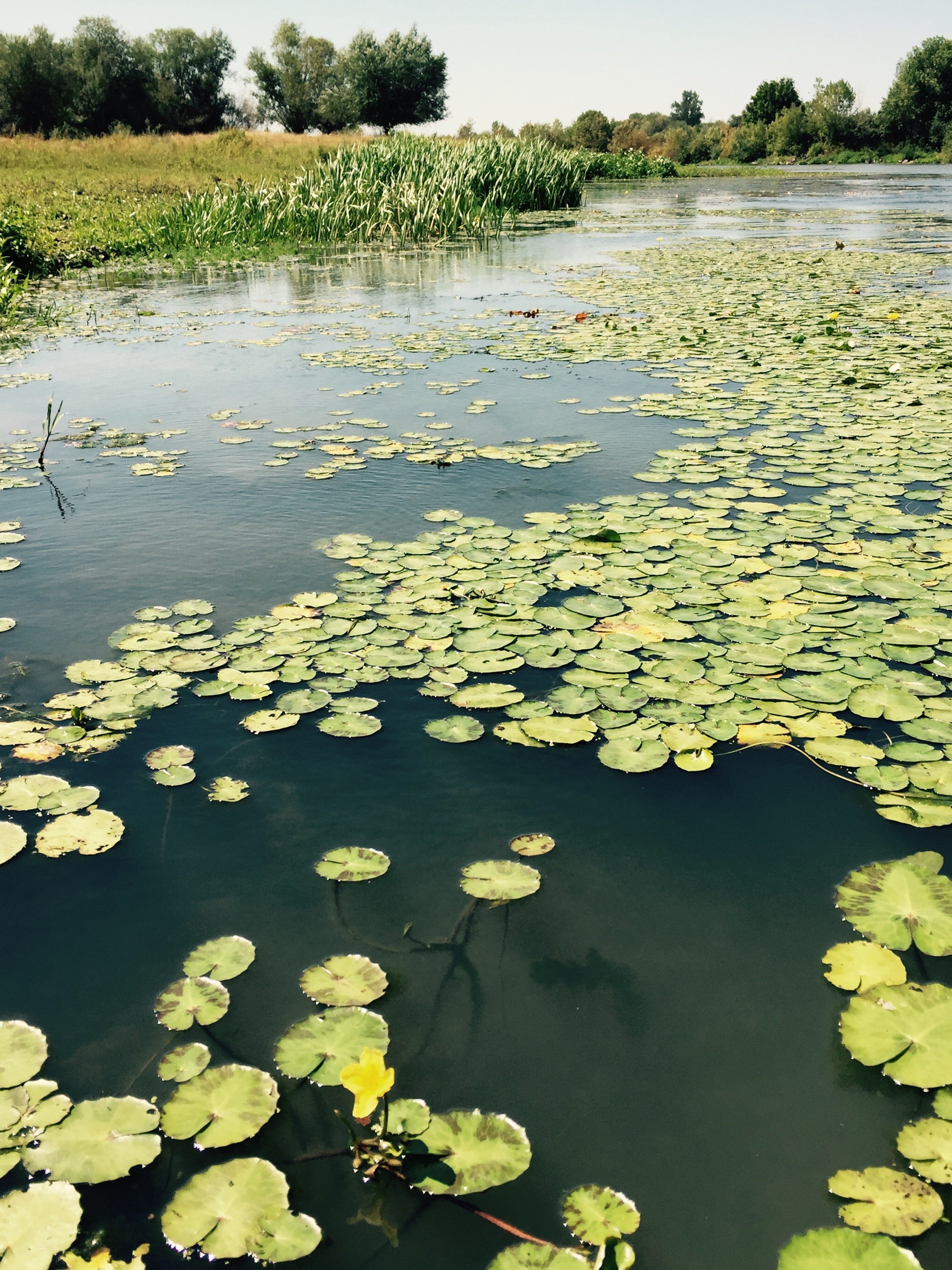
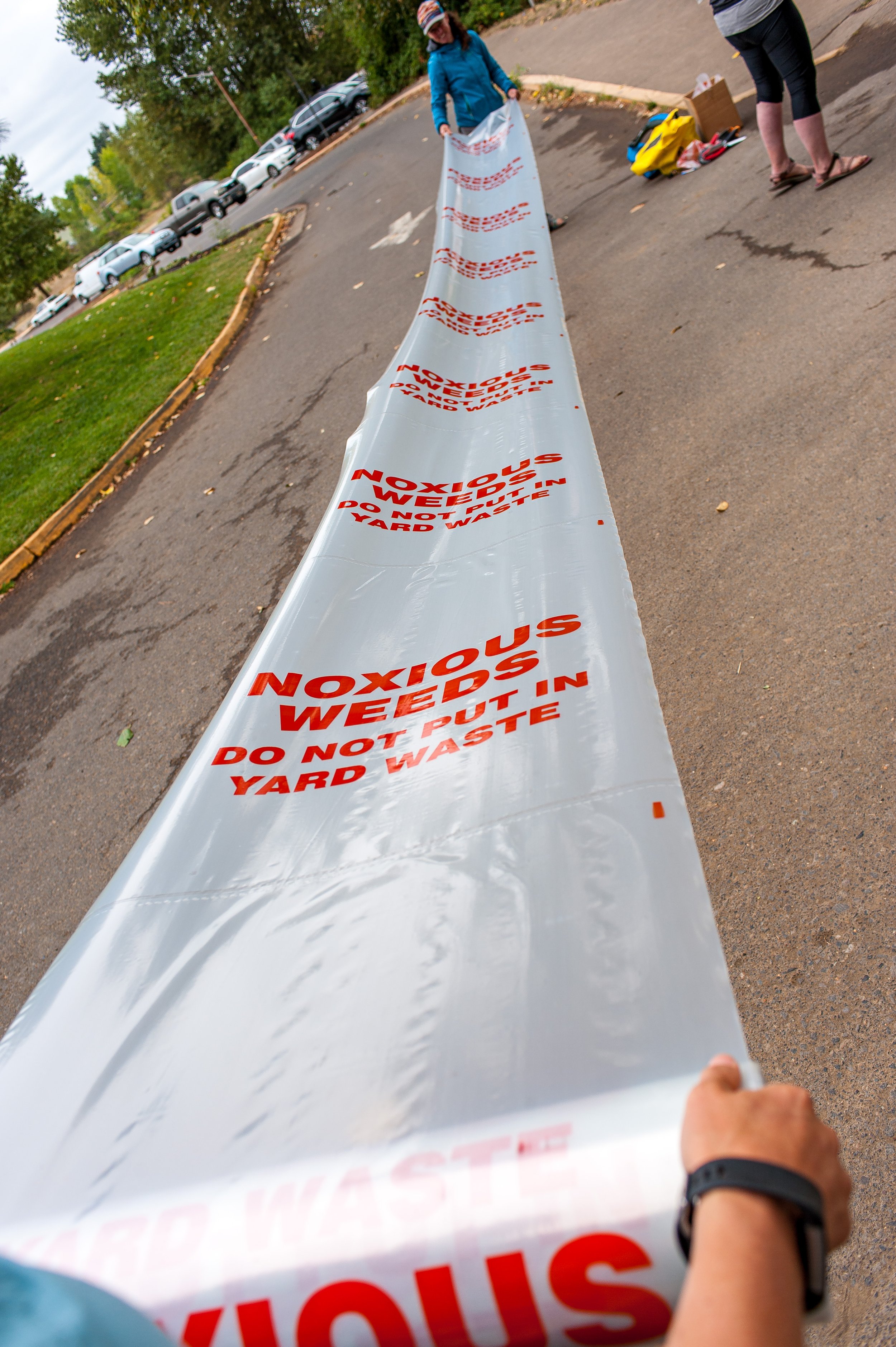
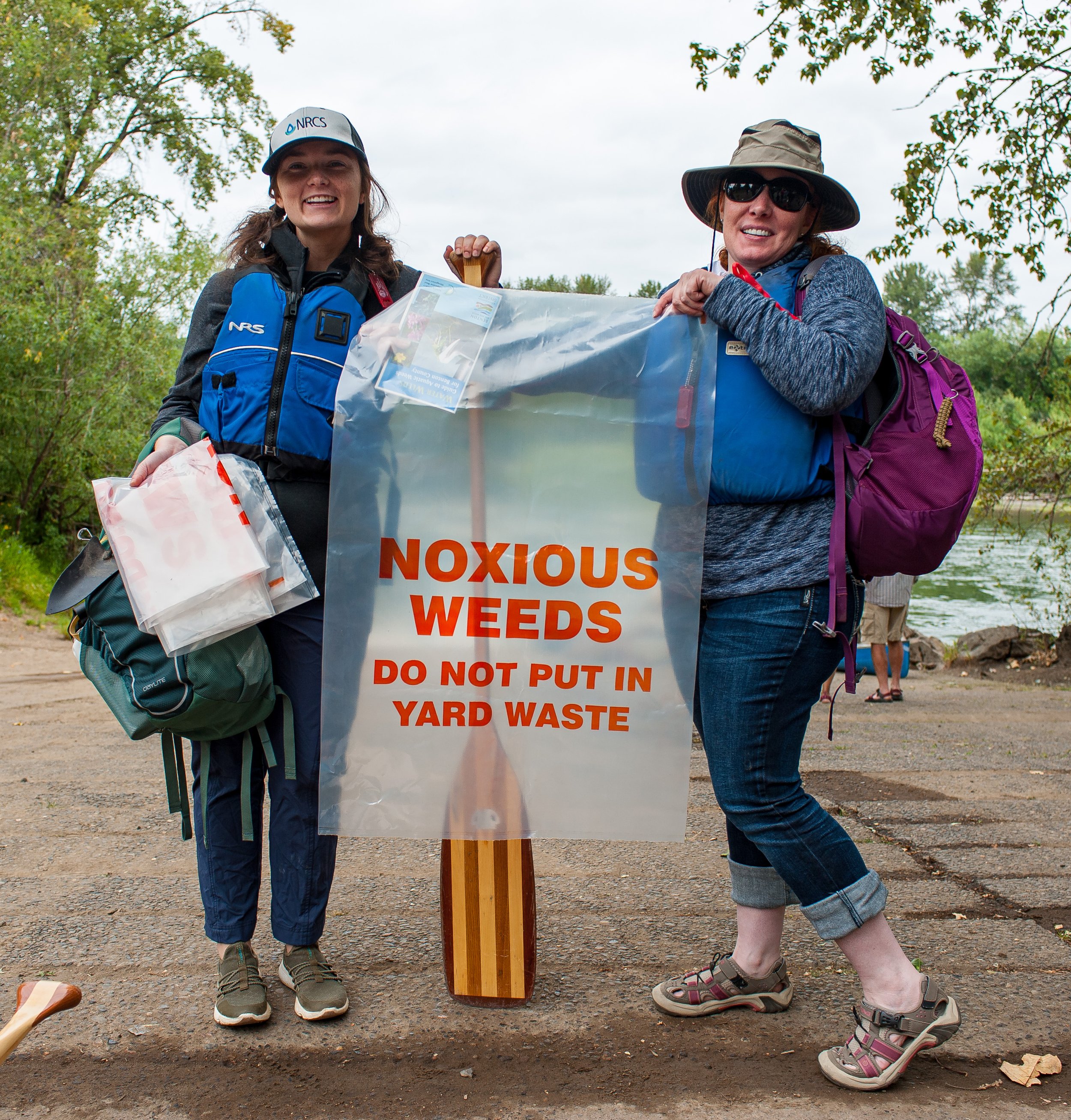
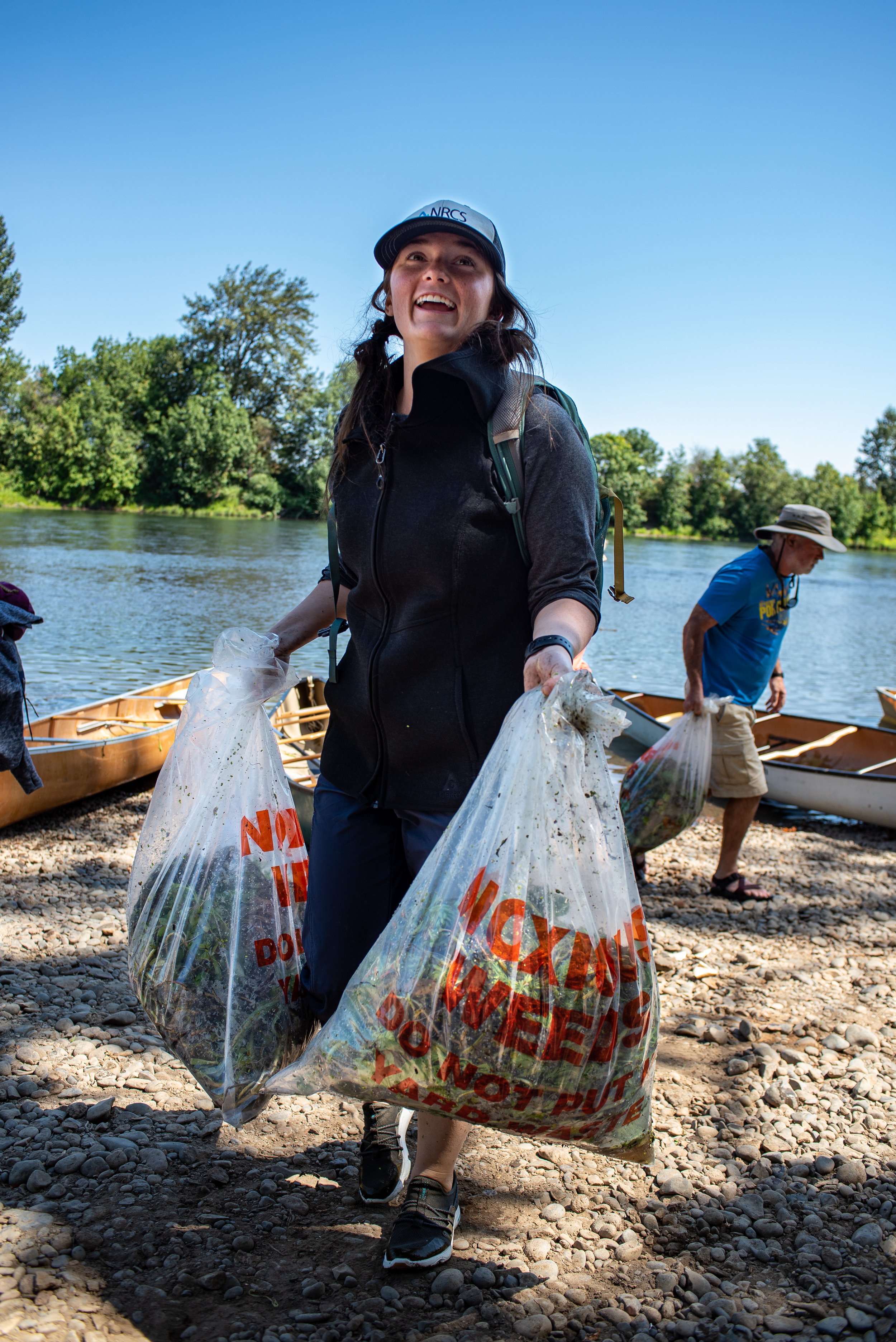
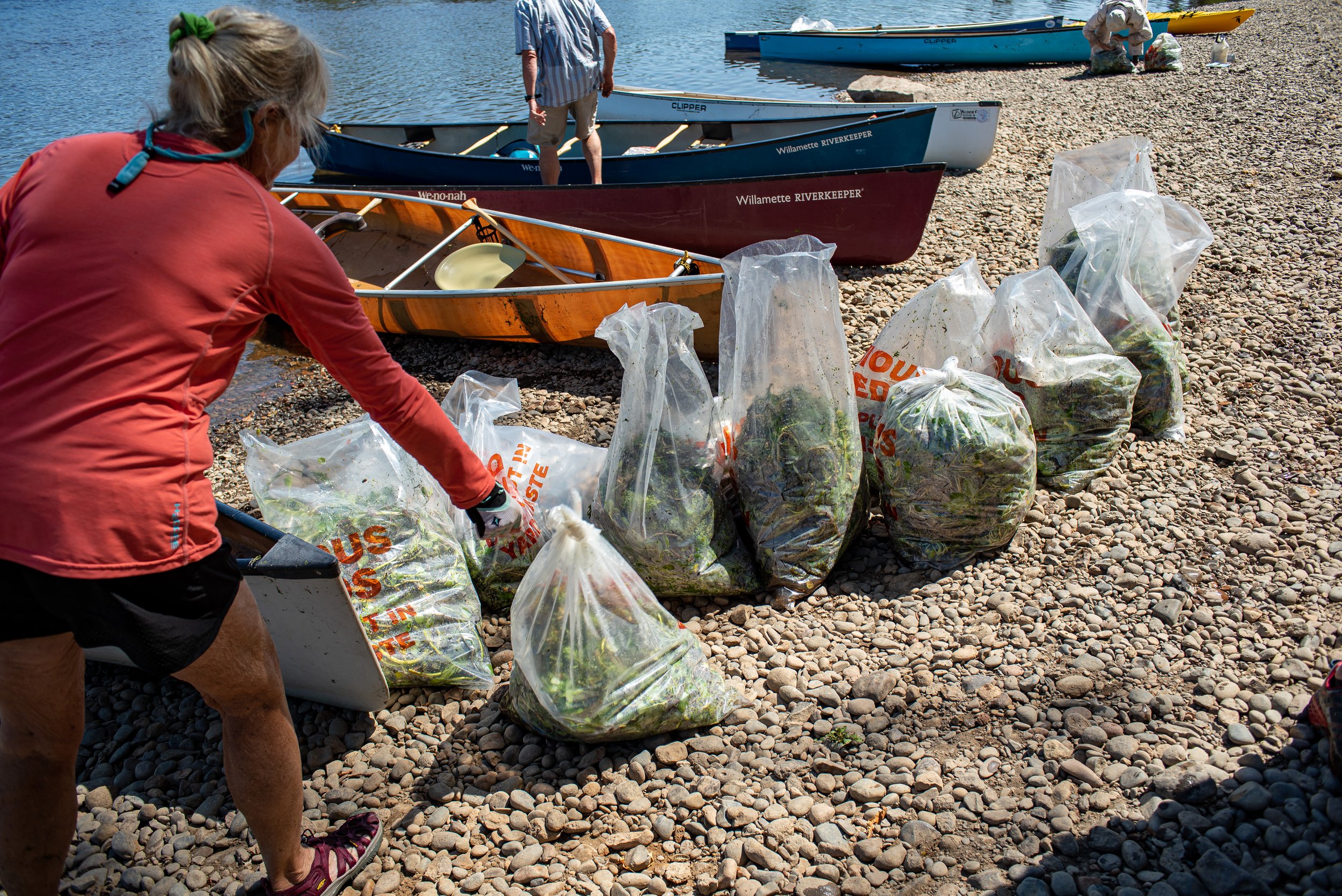
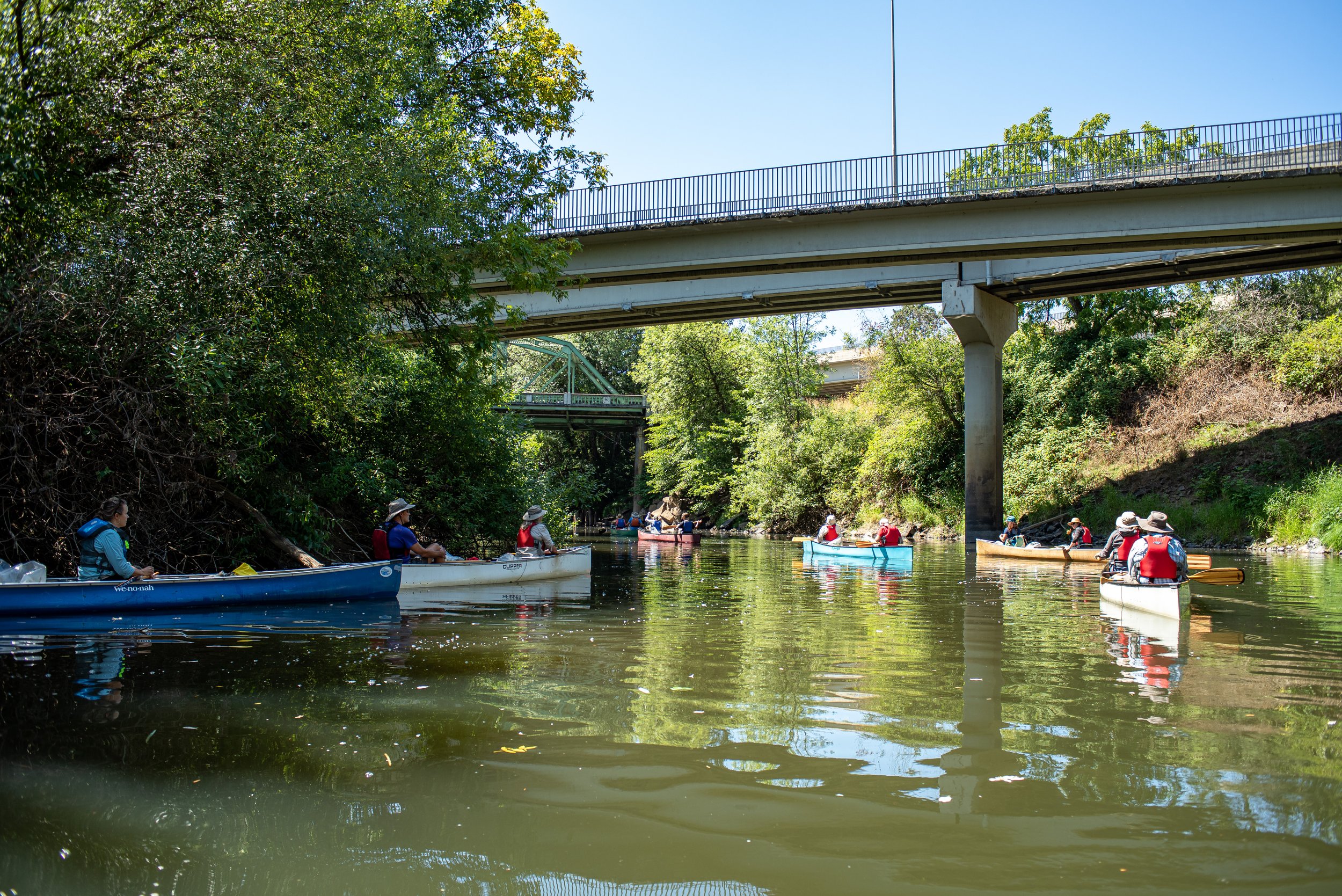
PROJECT HISTORY: The Oregon State Weed Board is a program under the Oregon Department of Agriculture that consists of a committee to represent the control of noxious weed interests throughout the state. In accordance with the Oregon Water Enhancement Board, grant programs have been implemented to act and minimize the impact of listed noxious weeds, while protecting our natural resources. Willamette Riverkeeper, along with other agencies and organizations have been working together to undergo EDRR surveys and treatments for such AIS.
CURRENT STATUS OF PROJECT: Our focus through this funded project is specifically upon the yellow floating heart (Nymphoides pelata) but we are watching out for other EDRR weeds such as Lysimachia vulgaris, Botomus umbellatus, and Sagittaria platyphylla. We are working with partners to conduct on-water surveys, landowner outreach, and carry out prescribed treatment for the populations discovered. We found 2021 to be a successful year for our surveys and the treatments performed.
QUESTIONS? Reach out to our Restoration Manager, Vanessa Youngblood.
A HUGE thank you to our Habitat Restoration funders and partners - without whom this work could not be done.
FUNDING PARTNERS: Arbor Day Foundation, Bonneville Power Administration, Department of State Lands, East Multnomah Soil and Water Conservation District, Meyer Memorial Trust, Oregon Department of Agriculture, Oregon Department of Fish and Wildlife, One Tree Planted, Oregon Parks and Recreation Department, Oregon State Weed Board, Oregon Watershed Enhancement Board, Trust for Public Land and US Fish and Wildlife Service
PROJECT PARTNERS: Ash Creek Forest Management, Audubon Society of Portland, Benton Soil and Water Conservation District, Bonneville Environmental Foundation, Calapooia Watershed Council, Cascade Environmental Group, Cascade Pacific RC&D, City of Eugene, City of Portland Parks and Recreation Department, City of Keizer, City of Salem, Ducks Unlimited, Environmental Science Associates, Friends of Trees, Glenn Gibson Watershed Council, Greater Yamhill Watershed Council, Integrated Resource Management, Long Tom Watershed Council, Lower Columbia Estuary Partnership, Marion Soil and Water Conservation District, McKenzie Watershed Council, North Clackamas Parks and Recreation Department, North Salem High School, North Santiam Watershed Council, Northwest Youth Corps, Portland State University, R Franco Restoration, Salem Audubon Society, Salem Environmental Education, Santiam Watershed Council, US Geological Survey, Wisdom of the Elders, and Yamhill Soil and Water Conservation District

